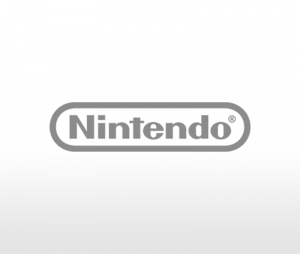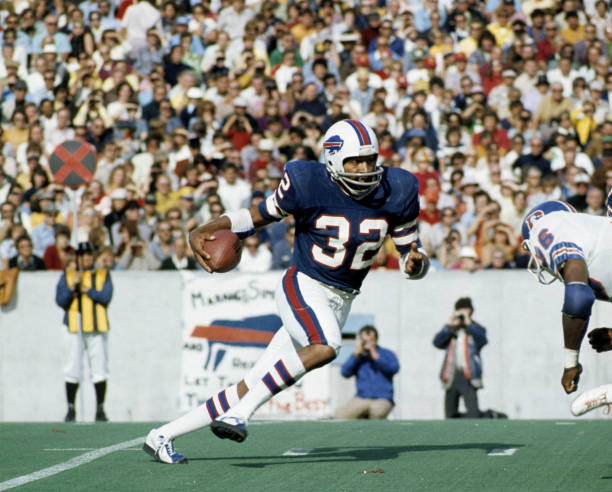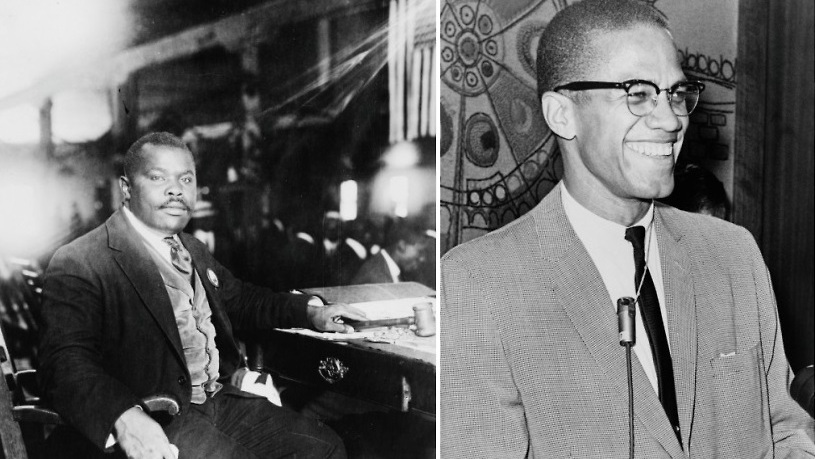(ThyBlackMan.com) Nintendo is a company that prints money every generation. The company might stumble at some point or their momentum will wind down but it will make a bunch of money during that generation. We’re going to look at five times Nintendo dropped the ball but let’s look at a few times when they ran with it.
Last generation, it was the Wii’s price point, advertising, and quality first party titles that saw them have success. Towards the end of that generation, it lost out to PlayStation 3 which had rebounded after a price drop and strong first party games of its own.
This generation saw the company turn things around thanks to a mid-generation console, the Nintendo Switch. Let’s really get into five instances where Nintendo failed.
The Nintendo-Sony Fall Out
Nintendo and Sony worked together during the late 1980s in regards to sound hardware for the Super Nintendo, one of the company’s most successful consoles ever. In the early 1990s, there was talk of developing a version that allowed for games to be played off of CD.
It was to be called the SNES CD-ROM System—or Nintendo PlayStation as its often called.
The system/add-on was meant to play cartridges and CDs which would’ve pulled Nintendo into the 90s. However, there were disagreements over rights and the project was put on hold. The two sides began working again once more by 1992 but the working agreement wasn’t the same.
Sony started laying the groundwork for the first PlayStation in 1993. Prior to its release, Nintendo pushed ahead with the SNES, Sega dropped the Sega CD and the 32X which didn’t take off, and Philips—working with Sony—released the CD-I which ultimately failed and was done before the decade ended.
The rest, as they say, is history. Something better could’ve been worked out to keep Nintendo and Sony working together but it’s a “what if” of gaming history. Would we have gotten games like Tomb Raider, Devil May Cry, and Grand Theft Auto on consoles if they remained a team? Would games with more mature content taken off?
Overprotectiveness of Franchises
Nintendo has a reputation of being overly protective of its franchises. This has resulted in lengthier development times—even if the end product often deserves the Nintendo Seal of Approval. During the Wii’s run, there was a sense that the company could allow other developers to work on games in their franchises, even if they weren’t in the main series.
The closest fans got from that period was Retro Studios working on Metroid and Donkey Kong games. Even then, Retro is a Texas-based Nintendo studio.
Overprotectiveness has guaranteed quality games out of Nintendo but also has fans waiting to see when a title that is popular in a particular market (Metroid in North America) is going to drop. The solution has always been to either buy up some Western developers or establish more and allow them a little more freedom on projects, but meh.
Difficult Hardware for Developers
This one is a bit mixed. The one rule of console wars—when they were still a thing—is that an under-powered console typically wins. Post-Nintendo 64, the company took the approach of putting out consoles that were less powerful than competitors. However, this meant harder work for third party developers.
Sure, Nintendo knew exactly what to do with the console. It was their hardware. Things were dicey for third party developers when working on say Xbox and PlayStation was similar. Actually, similar to the point where you could pick up a controller on either console and know exactly what you’re doing. Or see pictures for a multi-platform game today and not be 100-percent certain if it’s on a PS console or Xbox.
The N64 period was the beginning of problems for the Nintendo. Even though the console introduced features that would become commonplace in gaming in the years to come, it was a hub of questionable ports. The Wii was the peak of issues with third party developers but things have since gotten better with the Switch.
The Wii U
Naming a console isn’t particularly hard. Either you name it completely differently from the one before it, add a suffix after the company name, or put an ascending number next to the name of the console. Those are your three options.
Atari got this right with its console before the 90s. When that decade rolled around, Atari was going to run with big cat name apparently—but the Atari Jaguar flopped. Sega ran with different names each time and really did some innovative stuff with each console post the Genesis.
However, it released too many add-ons which got mixed in with the new console coming out.
Basically, consumers who didn’t keep up with gaming would’ve had a time figuring out what’s the old console and what’s new one coming out. PlayStation got it right throughout. The Xbox One was being called the Xbox 720 by players and the press prior to its release—a name Microsoft should’ve ran with.
After the runaway success of Wii, Nintendo dropped the Wii U. Visually, it wasn’t different from the Wii. It had the gamepad but if you didn’t know, you might have mistaken the gamepad as the “U” that you could buy for the Wii proper. Then probably walk off annoyed that you’re buying an identical looking console at full price only it comes with a different kind of controller.
The solution here was something as simple as branding it differently and going with a different design. Beyond that, you had a lack of games and still using friend codes. The Wii U had a hard go of it and the rumors of Nintendo going third party continued each week because of the Wii U’s sales.
Oddly enough, the 3DS didn’t have this problem.
Working With Philips
This was just strange. Between 1993 and 1995, Nintendo allowed for Philips to make games using Super Mario and The Legend of Zelda. I’ve touched on the Zelda games on the Philips CD-i console before. It was a console that looked like a VCR with a controller and while it had some a few decent games made by the company for the console, the Nintendo-licensed games were bad.
There was really no reason for these games to be made but there they are, all four of them. The working relationship with Philips and the bad games didn’t hurt Nintendo at all since the Super Nintendo was still doing well.
Staff Writer; M. Swift
This talented writer is also a podcast host, and comic book fan who loves all things old school. One may also find him on Twitter at; metalswift.
















Leave a Reply